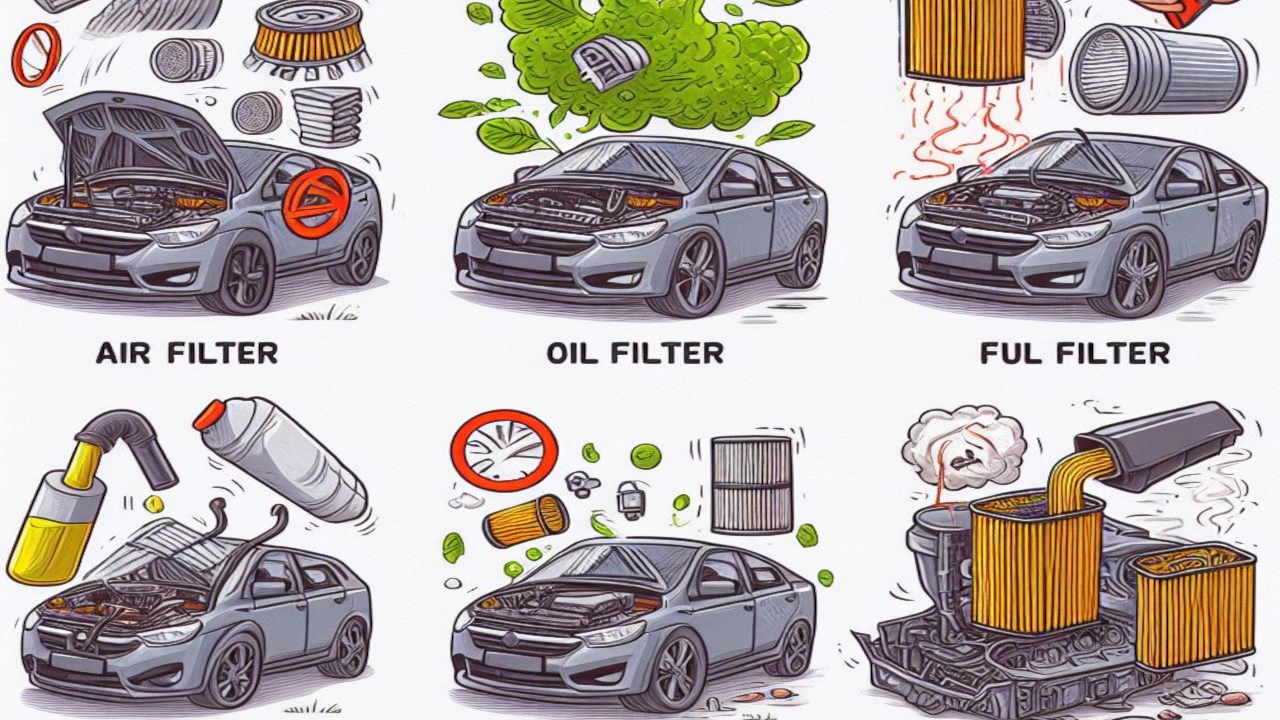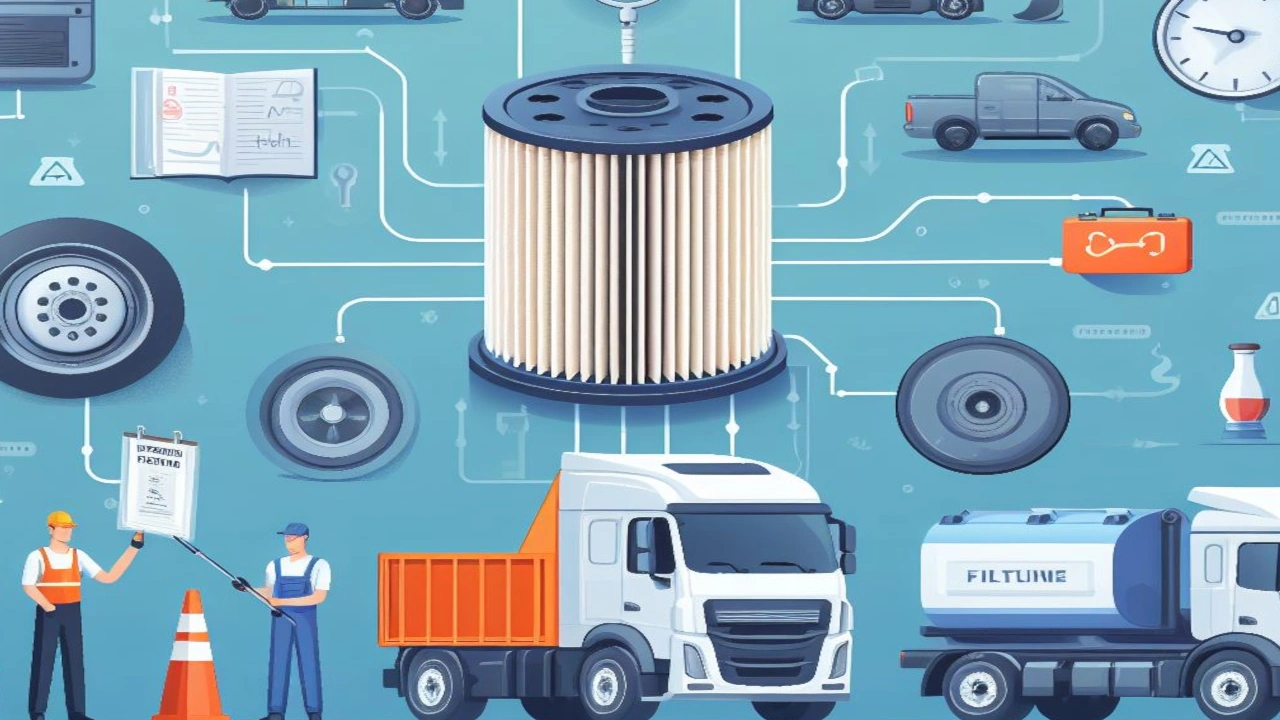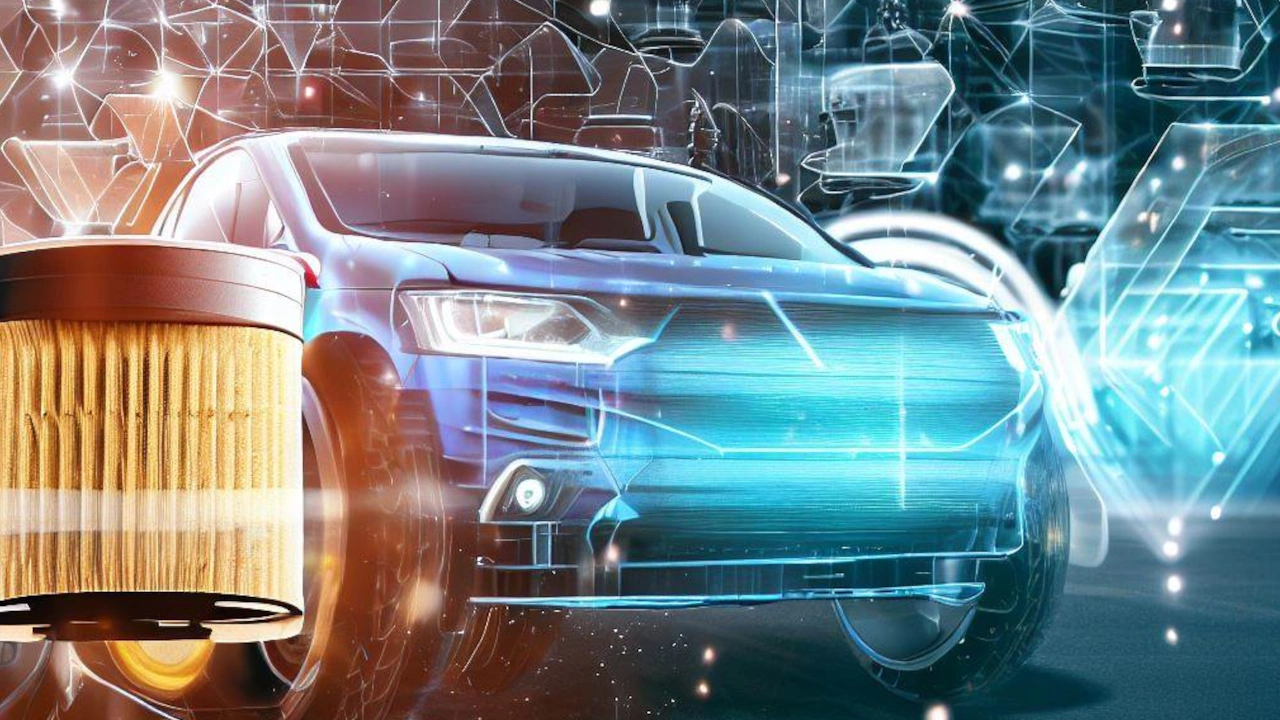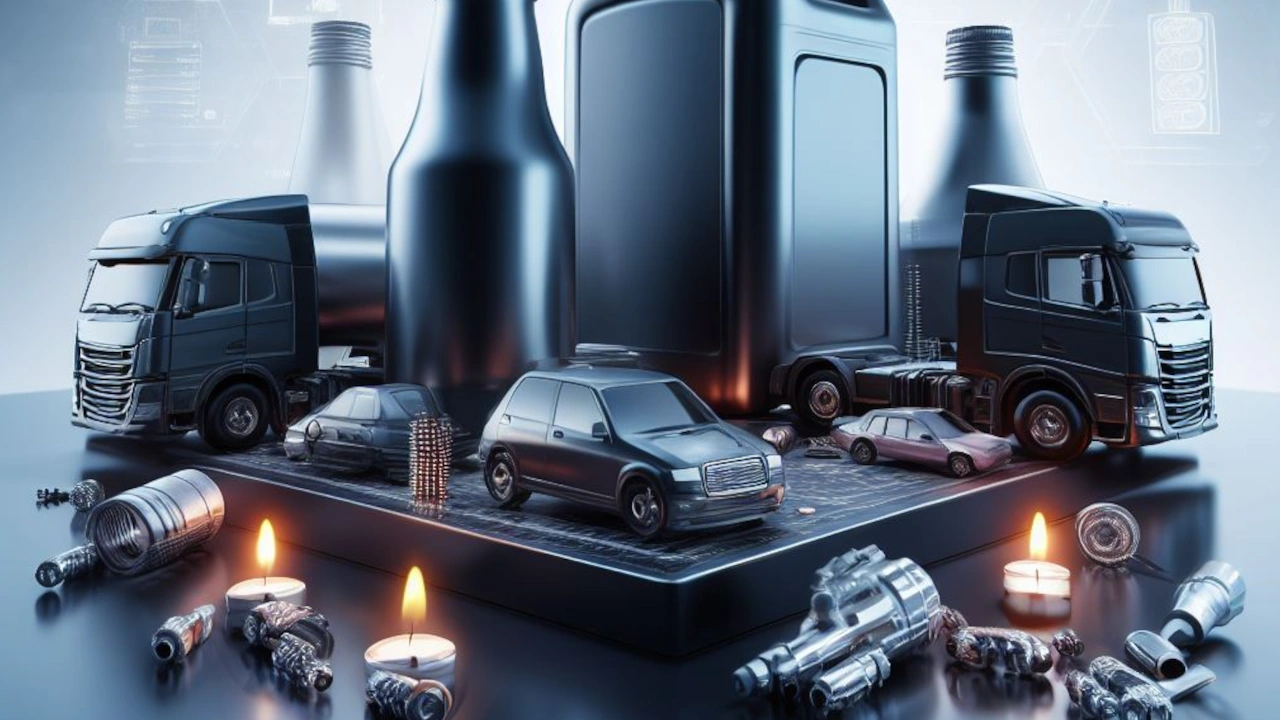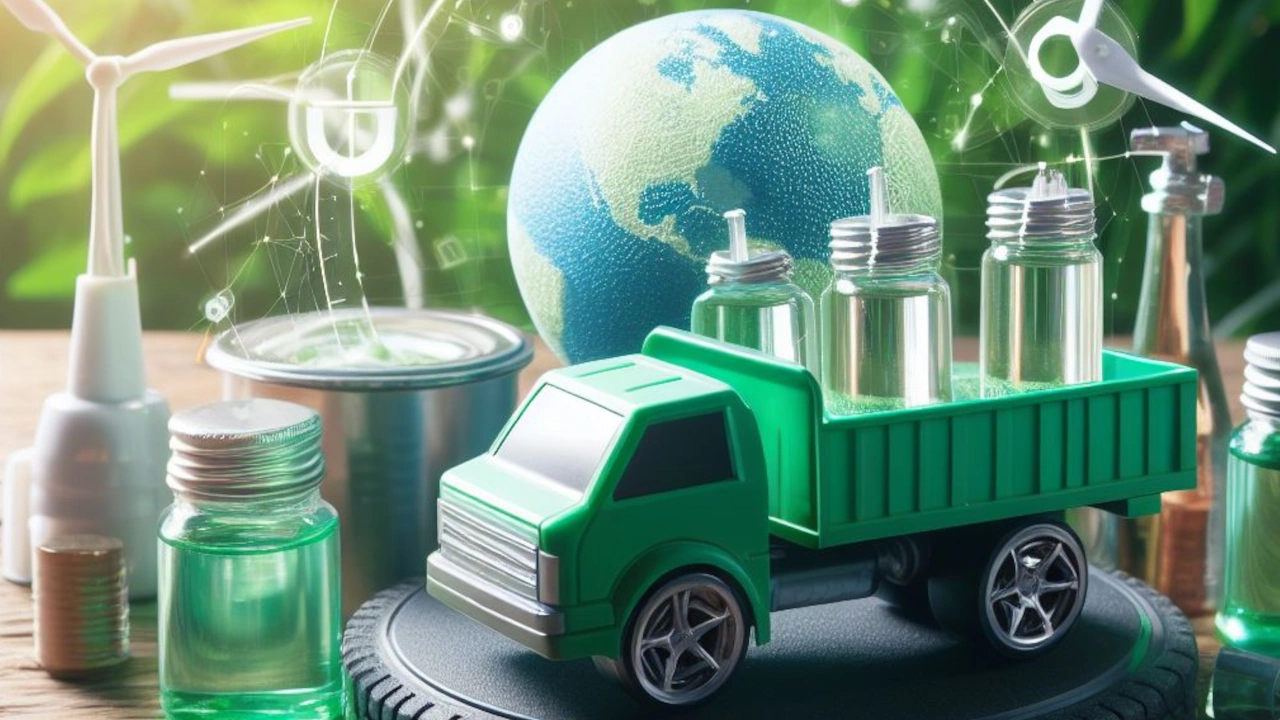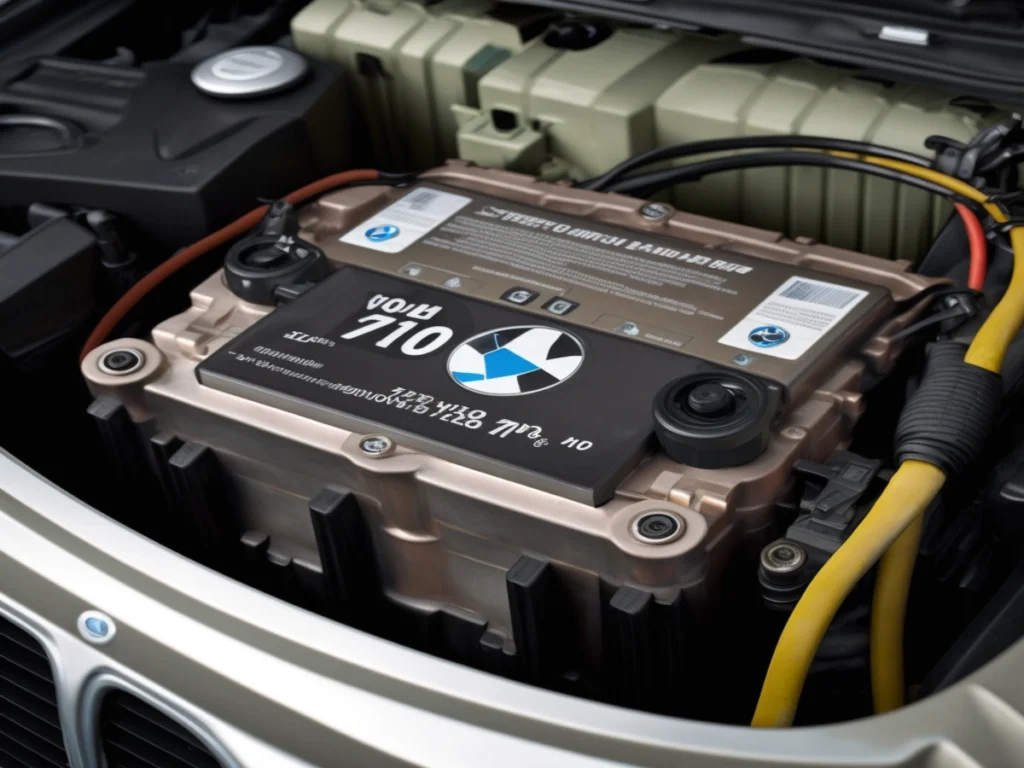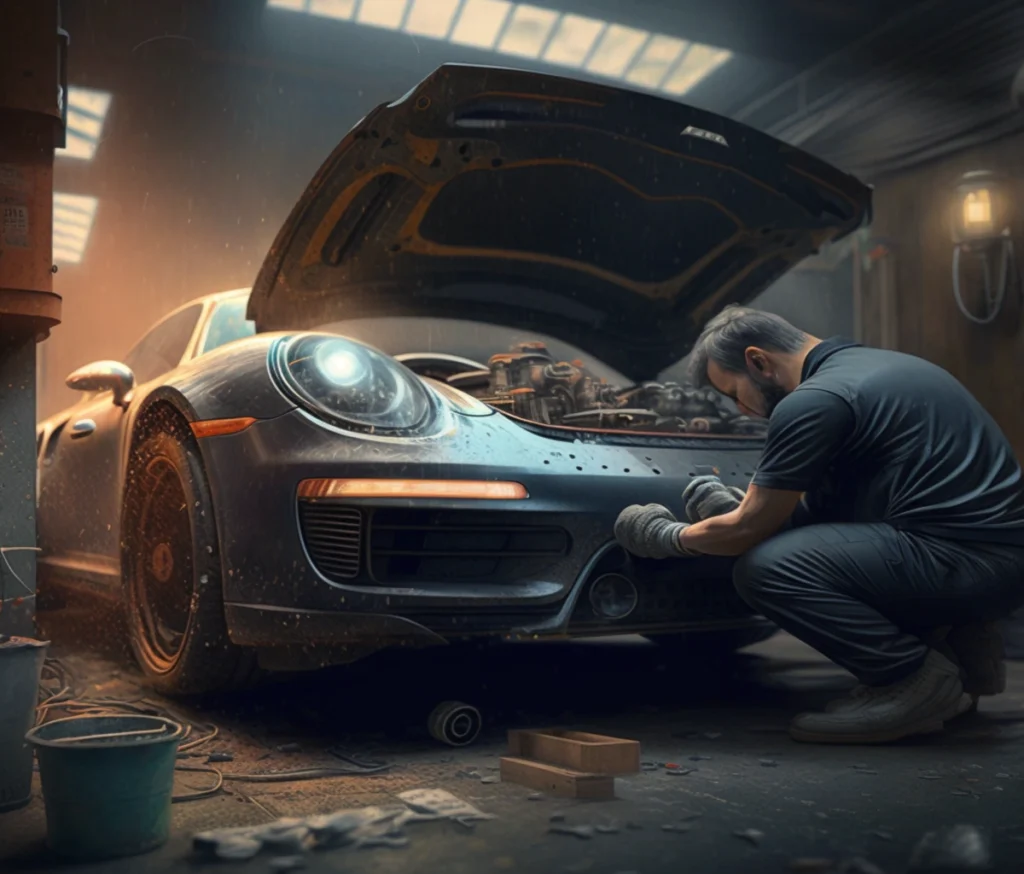- Introduction
- Importance of Regular Tire Replacement
- Impact on Road Safety and Vehicle Performance
- Signs Your Tires Need Replacement
- Tread Wear Indicators
- Uneven Tread Wear
- Bulges and Blisters
- Age of Tires
- Choosing the Right Tires
- Understanding Tire Types (All-Season, Summer, Winter)
- Matching Tires to Your Driving Needs
- Considerations for Your Vehicle Type
- Tire Replacement Timeline
- Mileage Guidelines
- Factors Influencing Replacement Frequency
- DIY Tire Inspection Tips
- Checking Tread Depth
- Identifying Wear Patterns
- Inspecting for Damage
- Professional Tire Inspection Services
- Importance of Regular Check-ups
- What to Expect from a Tire Inspection
- The Tire Replacement Process
- Removal and Disposal of Old Tires
- Mounting and Balancing New Tires
- Alignment Considerations
- Tips for Extending Tire Lifespan
- Proper Inflation
- Regular Rotations
- Safe Driving Practices
- Tire Recycling and Environmental Impact
- Responsible Disposal Methods
- Eco-Friendly Tire Options
- FAQs About Tire Replacement
- Common Questions and Answers
- Conclusion
- Recap of Key Points
- Encouragement for Regular Maintenance
1. Introduction
In the fast-paced world of automotive care, ensuring the optimal condition of your vehicle’s tires is paramount. This guide delves into the significance of regular tire replacement, shedding light on its pivotal role in enhancing both road safety and overall vehicle performance.
Importance of Regular Tire Replacement
Your vehicle’s tires are more than just rubber meeting the road; they are the linchpin of your safety on the asphalt. As tires wear down over time, their ability to maintain proper traction diminishes, posing a significant threat to your safety. Regular tire replacement becomes a crucial preventive measure, safeguarding against potential accidents and ensuring your journeys remain secure.
Impact on Road Safety and Vehicle Performance
Beyond safety concerns, the condition of your tires profoundly influences the overall performance of your vehicle. Worn-out treads compromise handling, braking efficiency, and fuel economy. This section explores how a proactive approach to tire replacement not only safeguards your well-being but also contributes to a smoother and more efficient driving experience. Buckle up as we navigate through the terrain of tire maintenance for an informed and empowered journey.
2. Signs Your Tires Need Replacement
Understanding the telltale signs that indicate your tires are due for replacement is key to maintaining optimal road safety and vehicle performance. Keep an eye out for the following red flags:
Tread Wear Indicators
As your tires age, tread wear becomes inevitable. Tread wear indicators, often molded into the tire grooves, serve as visual cues. If the tread depth matches these indicators or falls below, it’s a clear sign that replacement is imminent. Loss of tread depth compromises traction, particularly in adverse weather conditions.
Uneven Tread Wear
Uneven tread wear is a sign of irregular forces acting on your tires. It could be caused by misaligned wheels, improper inflation, or suspension issues. Identifying and addressing uneven wear early can prevent further damage and extend the life of your tires.
Bulges and Blisters
Visible bulges or blisters on the sidewall of a tire indicate structural damage. This could result from driving over potholes, striking curbs, or encountering other road hazards. Such deformities weaken the tire’s integrity and increase the risk of a blowout, making replacement imperative.
Age of Tires
Regardless of tread depth, the age of your tires matters. Rubber degrades over time, even if the tread appears adequate. Most experts recommend replacing tires every six years, regardless of mileage. A tire’s age is often indicated by the sidewall’s Department of Transportation (DOT) code, revealing the manufacturing date.
Stay vigilant for these signs, as they serve as your vehicle’s language, communicating when it’s time to invest in new tires for a safer and more efficient ride.
3. Choosing the Right Tires
Selecting the right tires for your vehicle is a pivotal decision that significantly influences both safety and performance. Navigate the tire market with confidence by considering the following factors:
Understanding Tire Types
- All-Season Tires: Versatile and suitable for a range of conditions. Ideal for drivers who don’t face extreme weather conditions regularly.
- Summer Tires: Designed for optimal performance in dry and wet conditions. Not suitable for winter driving.
- Winter Tires: Engineered to excel in cold weather, offering superior traction on snow and ice. Essential for regions with harsh winters.
Matching Tires to Your Driving Needs
- City Commuting: Look for tires that provide a smooth and quiet ride, with good fuel efficiency.
- Off-Roading: Opt for off-road or all-terrain tires designed to handle rugged terrains and varying conditions.
- Performance Driving: Enthusiasts should consider high-performance tires that offer enhanced grip and responsive handling.
Considerations for Your Vehicle Type
- Sedans and SUVs: Different vehicle types may require specific tire sizes and load capacities. Refer to your vehicle’s manual for recommendations.
- Electric and Hybrid Vehicles: These vehicles often have unique tire requirements to optimize efficiency and range.
Understanding your driving habits and the conditions you encounter will guide you towards the most suitable tire choice. Make an informed decision to ensure your tires align seamlessly with your vehicle and driving preferences.
4. Tire Replacement Timeline
Establishing a clear timeline for tire replacement is crucial to maintaining peak performance and safety on the road. Explore the following guidelines to determine when it’s time to bid farewell to your current set:
Mileage Guidelines
Manufacturers often provide mileage recommendations for tire replacement. Check your vehicle’s manual or the tire manufacturer’s specifications for guidelines on how many miles your tires are designed to endure. This serves as a baseline for scheduling timely replacements and ensuring optimal performance.
Factors Influencing Replacement Frequency
Consider the following factors that may accelerate tire wear:
- Driving Conditions: Frequent exposure to rough terrains, extreme weather, or stop-and-go traffic can expedite tire deterioration.
- Driving Habits: Aggressive driving, abrupt stops, and high-speed driving can contribute to faster tire wear.
- Maintenance Practices: Regular tire rotations, alignments, and proper inflation can extend tire lifespan, while neglecting these practices may lead to premature replacement.
Establish a proactive maintenance routine, incorporating regular checks and adhering to manufacturer guidelines, to determine when your tires are due for replacement. This approach ensures that you replace your tires at the optimal time for both safety and cost-effectiveness.
5. DIY Tire Inspection Tips
Conducting regular DIY tire inspections is a proactive approach to identifying potential issues and ensuring your tires are in optimal condition. Follow these simple yet effective tips to keep your tires in check:
Checking Tread Depth
- Utilize a tread depth gauge or the penny test to measure tread depth. Insert a penny into the tread with Lincoln’s head facing down. If you can see the top of Lincoln’s head, it’s time for new tires.
Identifying Wear Patterns
- Inspect your tires for uneven wear patterns. Irregularities can indicate alignment issues, improper inflation, or suspension problems. Note any areas with significantly more wear than others.
Inspecting for Damage
- Look for visible signs of damage, such as cuts, bulges, or punctures. These issues compromise tire integrity and can lead to dangerous situations if not addressed promptly.
Checking for Proper Inflation
- Ensure your tires are inflated to the recommended pressure levels. Use a reliable pressure gauge and refer to your vehicle’s manual or the placard located on the driver’s side door jamb for the correct inflation values.
Regular DIY inspections empower you to catch potential problems early, allowing for timely intervention and extending the life of your tires. Incorporate these simple steps into your routine to enhance safety and performance on the road.
6. Professional Tire Inspection Services
While DIY inspections are valuable, a professional tire inspection provides a comprehensive analysis by trained experts. Consider the following aspects of professional tire inspections to ensure your vehicle’s safety and longevity:
Importance of Regular Check-ups
- Expertise: Professional technicians possess the knowledge and experience to identify subtle signs of tire wear, damage, and other issues that may go unnoticed during a DIY inspection.
- Specialized Equipment: Tire service centers are equipped with specialized tools and technology, such as laser alignment systems and tire tread depth gauges, ensuring a thorough and accurate assessment.
What to Expect from a Tire Inspection
- Tread Depth Measurement: Precise measurement of tread depth to determine if it meets safety standards and manufacturer recommendations.
- Alignment Check: Assessment of wheel alignment to identify and correct any misalignments, preventing uneven tire wear.
- Balancing: Inspection of tire balance to ensure even wear and a smoother ride. Balancing corrects weight imbalances in the tires and wheels.
- Valve and Stem Inspection: Checking for leaks, damage, or deterioration in the tire valves and stems, which can affect tire pressure.
- Visual Inspection: Thorough examination for cuts, bulges, punctures, or any visible damage that may compromise tire integrity.
Regular professional tire inspections complement DIY efforts, providing an additional layer of expertise and precision. Schedule routine check-ups to address potential issues early on and maximize the lifespan of your tires. Check out KNB Service scheduling for your next tire services or maintenance.
7. The Tire Replacement Process
Embark on a smooth and efficient tire replacement journey by understanding the step-by-step process involved in swapping out your old tires for new ones:
Removal and Disposal of Old Tires
- Lift and Secure: The vehicle is lifted using a hydraulic jack, and the lug nuts securing the tires are loosened.
- Removal: Once the lug nuts are removed, the old tires are taken off and inspected for any underlying issues.
- Proper Disposal: Environmentally conscious tire service centers ensure that old tires are disposed of responsibly, often through recycling programs.
Mounting and Balancing New Tires
- Mounting: The new tires are carefully mounted onto the wheels, aligning them with the proper rotation direction and valve stems.
- Balancing: Each tire and wheel assembly is placed on a balancing machine to ensure even weight distribution. Counterweights are added to balance the assembly, preventing vibrations during driving.
Alignment Considerations
- Wheel Alignment: After mounting and balancing, the vehicle undergoes a wheel alignment process. This ensures that the wheels are correctly aligned according to manufacturer specifications, preventing uneven tire wear.
- Testing: A final test drive may be conducted to ensure the vehicle’s steering and handling are optimal with the new tires.
The tire replacement process requires precision and attention to detail. Entrust this task to trained professionals to guarantee a seamless transition, promoting safety, performance, and longevity for your vehicle’s new set of tires.
8. Tips for Extending Tire Lifespan
Maximize the longevity of your tires with these practical tips designed to preserve tread depth, enhance performance, and ensure a safer driving experience:
Proper Inflation
- Regular Checks: Monitor tire pressure monthly and before long trips. Underinflation leads to increased friction and uneven wear.
- Refer to Specifications: Adhere to the manufacturer’s recommended tire pressure, found in the vehicle manual or on the driver’s side door jamb.
Regular Rotations
- Scheduled Rotations: Rotate your tires regularly to promote even wear. Follow the recommended rotation pattern outlined in your vehicle’s manual.
- Alignment Checks: Schedule periodic wheel alignments to prevent uneven tire wear caused by misalignment.
Safe Driving Practices
- Gentle Acceleration and Braking: Avoid abrupt starts and stops, as they contribute to accelerated tire wear.
- Mindful Turning: Take turns cautiously to reduce stress on the tires and prevent excessive wear on one side.
Proper Loading
- Weight Distribution: Avoid overloading your vehicle, as excess weight puts strain on tires, leading to premature wear.
- Check Load Capacity: Be aware of your vehicle’s load capacity and refrain from exceeding it, especially when carrying heavy loads.
Storage Considerations
- Proper Storage: If you have seasonal tires, store them in a cool, dry place away from direct sunlight and extreme temperatures.
- Use Tire Covers: If storing tires for an extended period, consider using tire covers to protect them from the elements.
By incorporating these tips into your regular maintenance routine, you’ll not only extend the lifespan of your tires but also enhance your vehicle’s overall performance and safety on the road.
9. Tire Recycling and Environmental Impact
Delve into the eco-conscious aspect of tire maintenance, exploring the environmental impact of tire disposal and the importance of responsible recycling practices:
Responsible Disposal Methods
- Avoid Landfills: Discarded tires in landfills contribute to environmental hazards. Choose recycling alternatives to minimize the ecological footprint.
- Recycling Facilities: Locate authorized tire recycling facilities in your area. These facilities process old tires, converting them into various products like rubberized asphalt, playground surfaces, and even fuel.
Eco-Friendly Tire Options
- Tires with Sustainable Materials: Some tire manufacturers produce eco-friendly tires using sustainable materials and manufacturing processes. Explore these options to minimize your ecological impact.
- Low Rolling Resistance Tires: Opt for low rolling resistance tires, which enhance fuel efficiency and, consequently, reduce carbon emissions.
Community Initiatives
- Support Recycling Programs: Participate in or support community tire recycling programs. These initiatives encourage responsible disposal and may offer convenient drop-off locations.
- Awareness Campaigns: Stay informed about environmental issues related to tire disposal and participate in awareness campaigns to promote responsible recycling practices.
DIY Upcycling Projects
- Creative Reuse: Consider upcycling old tires for DIY projects, such as garden planters, swings, or even stylish furniture. This not only reduces waste but also adds a creative touch to your surroundings.
- Educational Programs: Engage in or support educational programs that highlight the environmental impact of tire disposal. Promote sustainable practices within your community.
Understanding the environmental implications of tire disposal empowers you to make eco-friendly choices, contributing to a greener and more sustainable future. Make conscious decisions to minimize waste and embrace responsible recycling practices for a positive impact on the environment.
10. FAQs About Tire Replacement
Address common queries about tire replacement, providing readers with comprehensive answers to ensure clarity and confidence in their decision-making process:
- When should I replace my tires? Answer: Tire replacement depends on factors such as tread depth, age, and driving conditions. Regularly check tread wear indicators, consider the age of your tires, and adhere to manufacturer guidelines for optimal safety.
- How often should I rotate my tires? Answer: Rotate your tires every 6,000 to 8,000 miles, or as recommended in your vehicle’s manual. Regular rotations promote even wear and extend tire lifespan.
- What are the signs of uneven tire wear? Answer: Uneven tire wear may manifest as cupping, scalloping, or wear on one side. These signs can indicate issues with wheel alignment, tire balance, or suspension components.
- Can I replace just one tire, or is it necessary to replace all four? Answer: While replacing all four tires is ideal for uniform performance, in certain cases, replacing a single tire is acceptable. However, it’s crucial to match the new tire with the remaining ones in terms of size and tread pattern.
- How do I choose the right tire for my vehicle? Answer: Consider factors such as tire type (all-season, summer, winter), your driving habits, and the specifications recommended by your vehicle manufacturer. Refer to your vehicle manual for guidance.
- How do I know if my wheels need alignment? Answer: Signs of misalignment include uneven tire wear, the vehicle pulling to one side, or the steering wheel being off-center. If you notice these issues, it’s advisable to have a professional alignment check.
- What’s the difference between nitrogen and regular air for tire inflation? Answer: Nitrogen-filled tires may experience slower pressure loss and can provide more stable tire pressure. However, regular air is generally suitable for everyday driving. Consult your tire professional for guidance.
- Can I replace run-flat tires with standard tires? Answer: It’s possible to replace run-flat tires with standard ones, but it’s essential to consult with a tire professional. Adjustments may be needed in terms of the vehicle’s tire pressure monitoring system and spare tire kit.
11. Conclusion
As we bring our journey through the intricacies of tire replacement to a close, it’s evident that maintaining healthy tires is not just a matter of safety but a key contributor to an optimal driving experience. By understanding the signs of tire wear, choosing the right tires for your vehicle and driving needs, and adopting proactive maintenance practices, you are taking significant strides toward ensuring road safety and extending the lifespan of your tires.
Remember, tire replacement isn’t just a reactive measure; it’s a proactive investment in the well-being of your vehicle and, more importantly, your safety on the road. Regular DIY inspections, coupled with professional assessments, offer a comprehensive strategy for identifying and addressing issues before they escalate.
Moreover, the environmental impact of tire disposal should not be overlooked. Embrace responsible recycling practices and explore eco-friendly tire options to contribute to a sustainable future.
In the world of tire replacement, knowledge is your greatest ally. By staying informed about proper tire care, adhering to recommended maintenance schedules, and making environmentally conscious choices, you’re not only ensuring the longevity of your tires but also playing a part in creating safer, more sustainable roads for everyone.
As you embark on your tire replacement journey, may your drives be smooth, your handling precise, and your safety unparalleled. Here’s to well-maintained tires and countless miles of worry-free travels!

